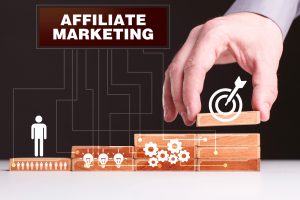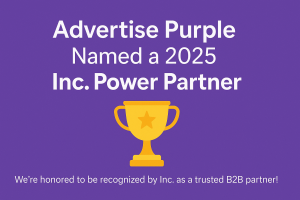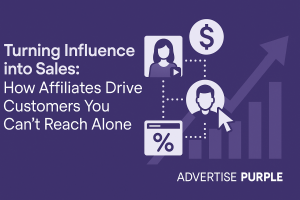
Share
The Balance of Growth and Loyalty in E-Commerce is the Hidden Key to Scaling Your Business
At first glance, it seems obvious that any marketing strategy aims to attract new customers and keep existing ones. After all, no one expects a business to grow by relying solely on one-time buyers.
Customer loyalty has always been central to commerce and advertising. Even centuries ago, merchants rewarded repeat buyers with better deals, recognizing that returning customers were far more valuable than occasional passersby.
Loyal customers already know and trust your product, readily offer feedback, respond well to marketing, are easier to upsell, and often recommend your brand to others. Their continued support has a direct, measurable impact on a company’s profitability.
For instance, let’s say there are two companies with the same product and marketing strategy. Imagine they’re both adding new customers at a 20% annual rate. However, one company retains 90 percent of its customers while the other only retains 80 percent. What this means is that the first company will grow its customer base by 10 percent each year, while the other will not. If you stretch this out over 7 years, the first company will have twice its customer base, while the second will have grown by little.
And, lucky for us, we have the tools at our disposal to optimize our strategies and achieve this loyalty-growth balance in 2019.
It was much more challenging to track consumer behavior before the digitalization of the modern shopping experience. But now, with the analytics available to merchants, we know how to determine where shoppers are coming from and the browsing activity that led them to make their purchase.
Knowing the True Cost of Acquiring New Customers
Calculating customer acquisition cost (CAC) alongside customer lifetime value (CLV) offers valuable insight into how much each new customer contributes to your business over time.
It’s essential to understand the cost of acquiring a new customer. For example, suppose acquiring a customer costs $10 and they only buy once. In that case, that investment is far less efficient than spending the same amount on a customer who makes recurring $25 purchases for several years.
At Advertise Purple, we monitor these metrics to help brands make smarter marketing decisions. Businesses can track this data themselves, but the accuracy and usefulness of those numbers depend heavily on their experience and ability to analyze performance effectively.
Evaluating the Cost and Value of Returning Customers
It’s just as important to measure the impact of repeat customers as it is to assess new ones. Your customer retention rate represents the percentage of buyers who make another purchase within a given period compared to the previous one.
By analyzing the cost per acquisition across different marketing channels, you can see how much of your spend goes toward re-engaging existing customers. Some of your budget for “new” customer acquisition often overlaps with efforts to bring back prior buyers who already trust and enjoy your brand.
At Advertise Purple, we focus on maintaining that balance by keeping loyal customers engaged while driving new customer growth. This way, you can expand your audience without relying too heavily on repeat sales.
What’s the Takeaway?
Many companies devote most of their attention to acquiring new customers: perfecting their brand, refining their product, and closing the initial sale. Yet, they tend to overlook what happens afterward. The post-purchase experience is just as important. When engagement drops after the sale, customer interest can fade, which is exactly what businesses should avoid.
Customers value honesty, genuine communication, and attention. If they don’t feel cared for, they may turn to a competitor that does a better job of nurturing the relationship.
The key is simple: don’t focus solely on attracting new buyers. Invest just as much effort into maintaining relationships with your existing customers, because their continued loyalty is what drives lasting success.





